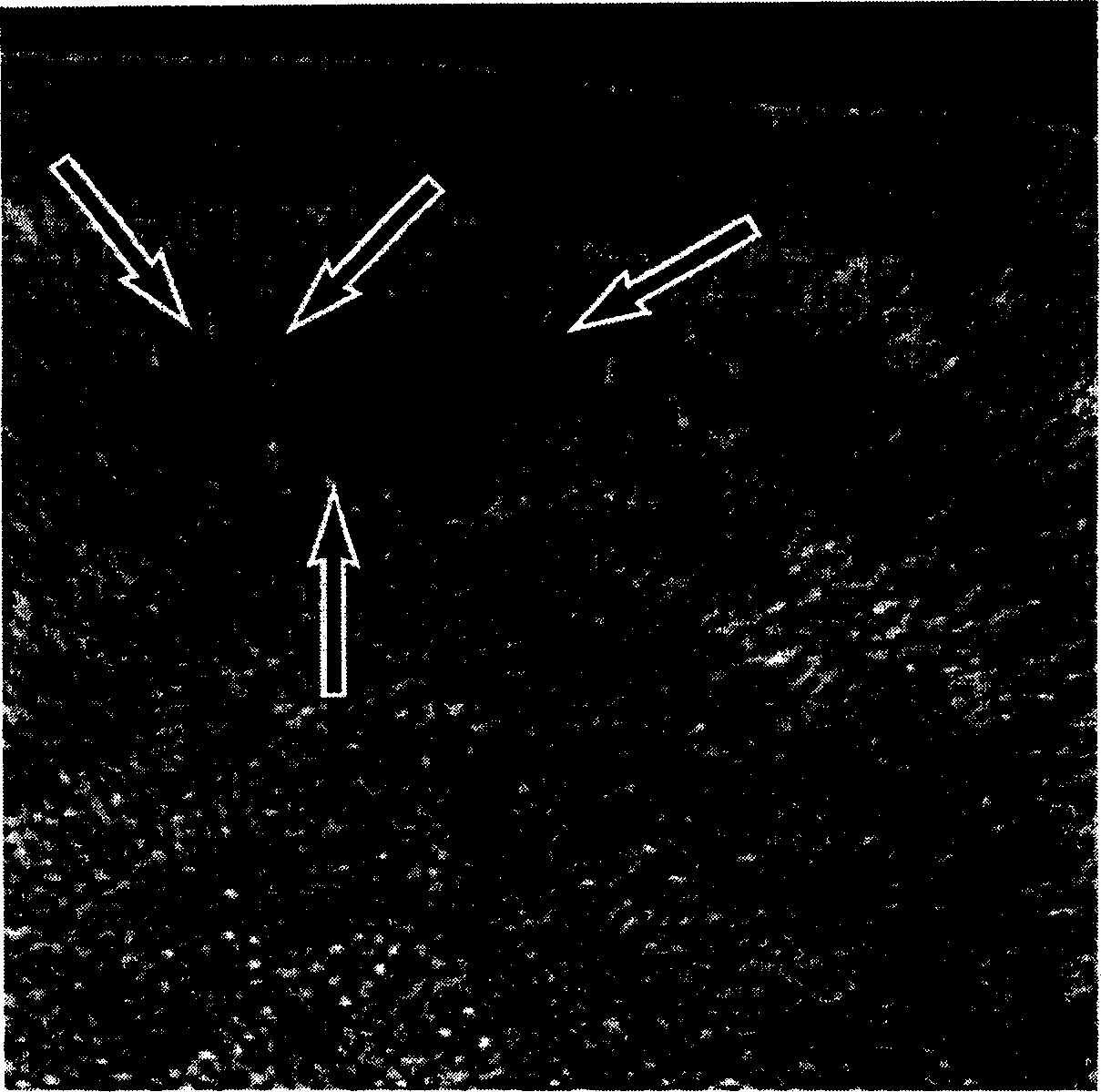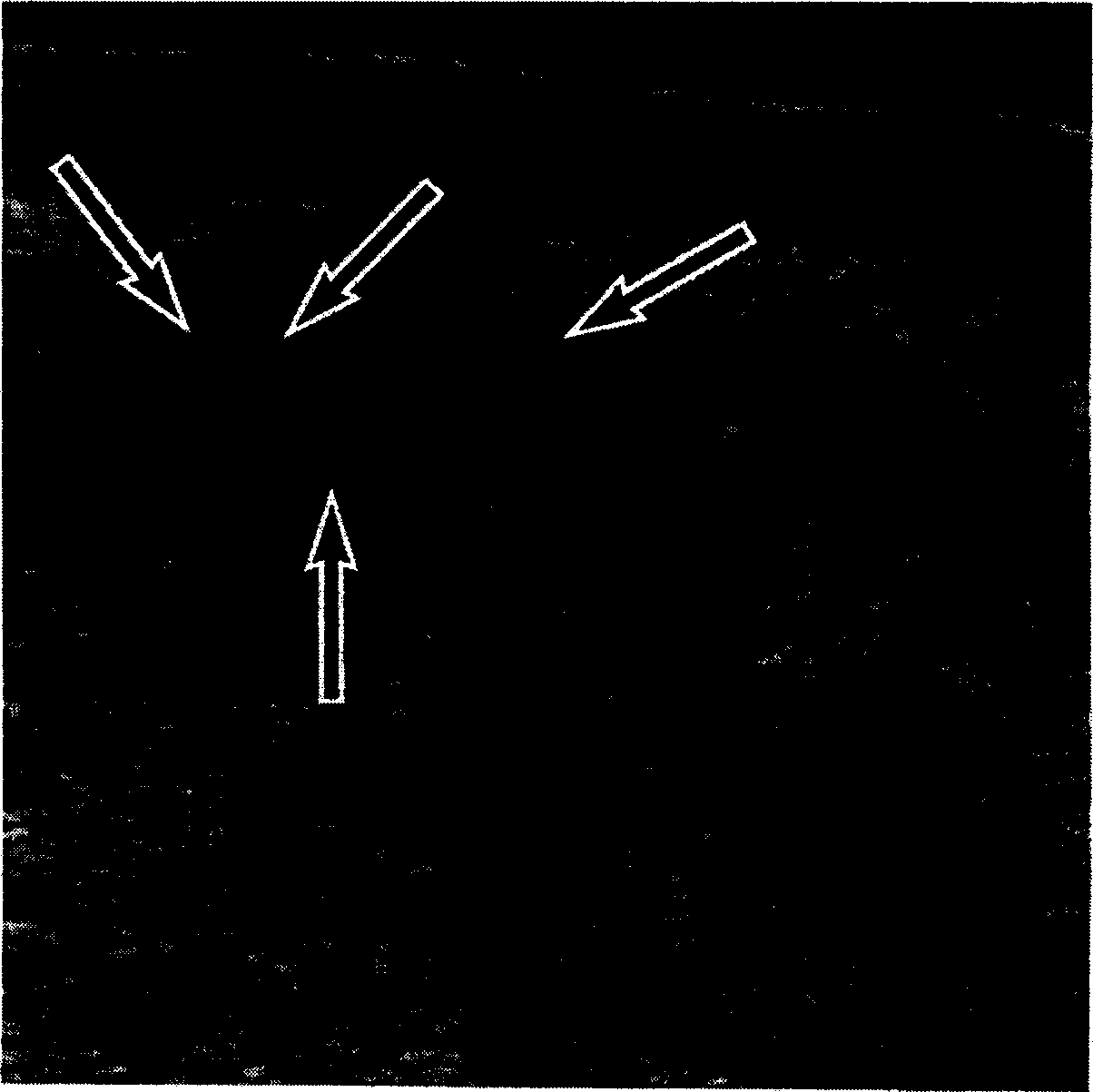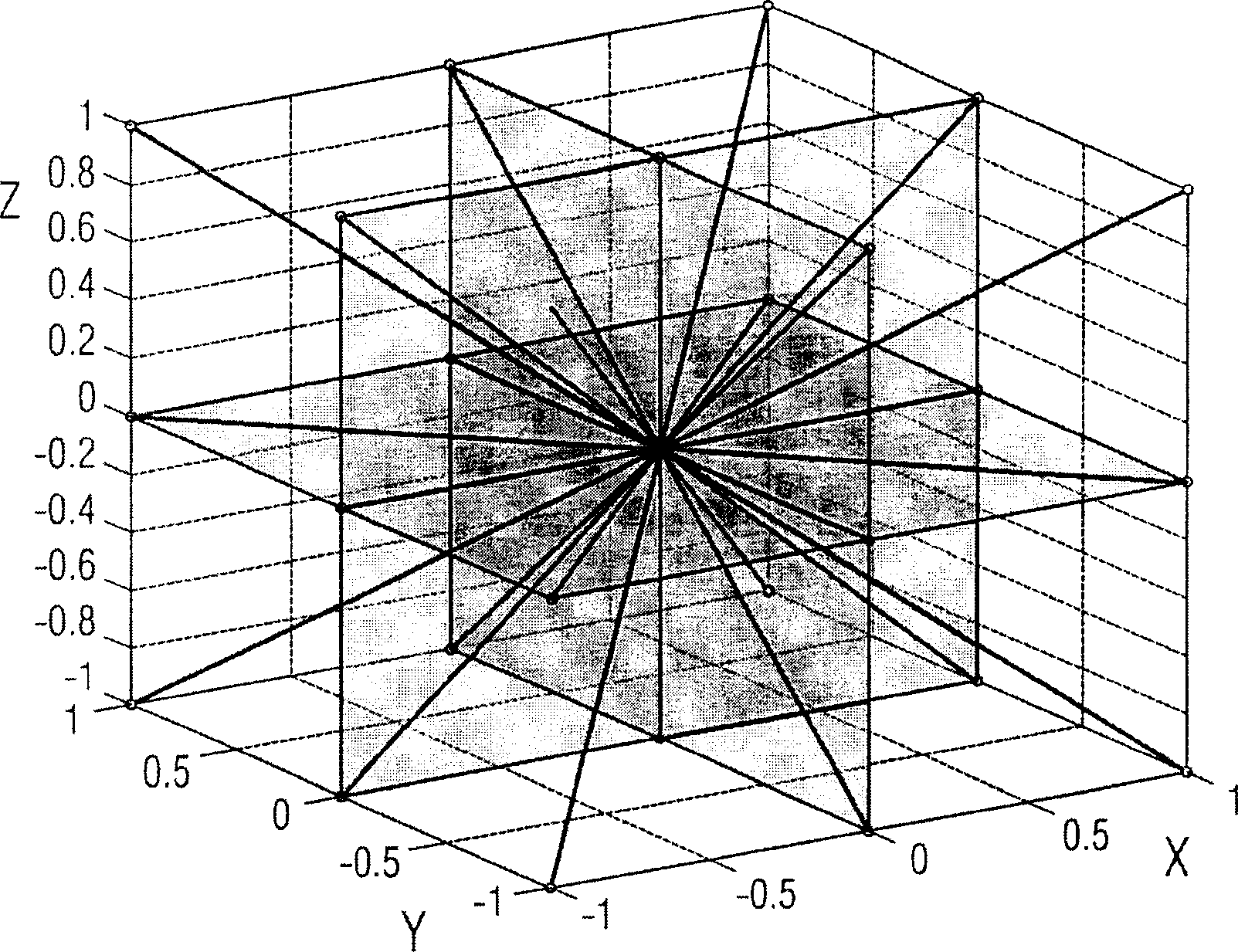Method of three dimensional display for filtered faultage radiography after reproducing three-dimensional data successfully
By using a three-dimensional model to calculate variance and two-dimensional convolution filtering in tomography images, the relationship between noise and image quality is solved, higher image details and lower dose burden are achieved, and the quality of tomography images is significantly improved. Display effect.
- Summary
- Abstract
- Description
- Claims
- Application Information
AI Technical Summary
Problems solved by technology
Method used
Image
Examples
Embodiment Construction
[0031] figure 1 and figure 2 The problem of linear low-pass filtering of CT photographs is shown. exist figure 1 An unfiltered CT cross-sectional image can be seen in , which is now filtered by a linear low-pass filter figure 2 middle. Although the noise is reduced as desired, the image sharpness is also reduced, small structures are lost and edges are blurred. figure 1 and figure 2 Arrows shown in indicate these problem areas.
[0032] The method according to the invention solves these problems, for example by employing the following particularly preferred method steps:
[0033] step 1:
[0034] For each image voxel representing a data point in the three-dimensional space of the object under examination with coordinates x, y, z, a one-dimensional variance within a suitable radius R is calculated in a plurality of spatial directions. exist image 3 A meaningful choice of these spatial directions is shown in . 3 standard axes, 6 planar diagonals and 4 spatial di...
PUM
 Login to View More
Login to View More Abstract
Description
Claims
Application Information
 Login to View More
Login to View More - R&D
- Intellectual Property
- Life Sciences
- Materials
- Tech Scout
- Unparalleled Data Quality
- Higher Quality Content
- 60% Fewer Hallucinations
Browse by: Latest US Patents, China's latest patents, Technical Efficacy Thesaurus, Application Domain, Technology Topic, Popular Technical Reports.
© 2025 PatSnap. All rights reserved.Legal|Privacy policy|Modern Slavery Act Transparency Statement|Sitemap|About US| Contact US: help@patsnap.com



